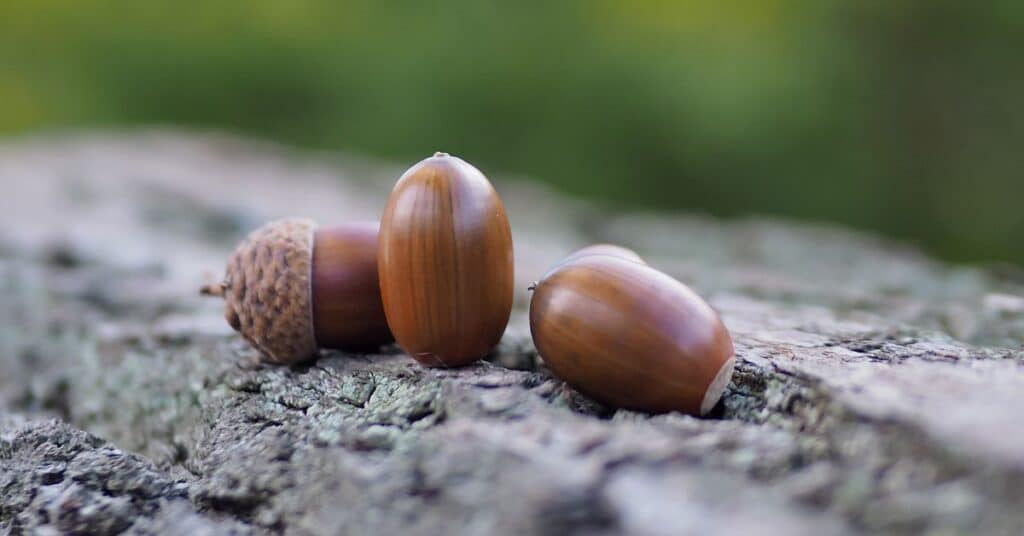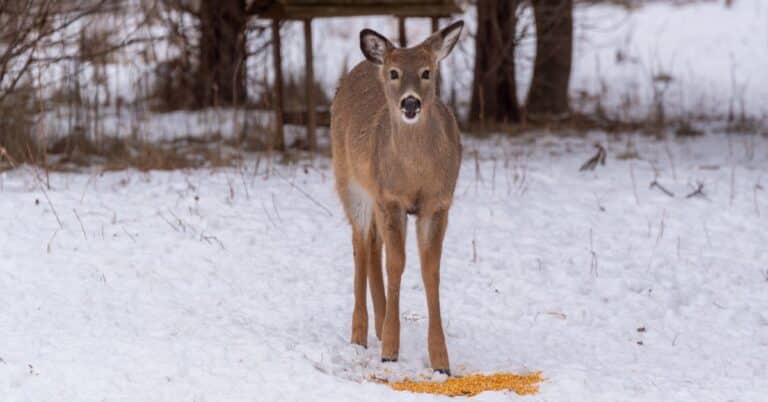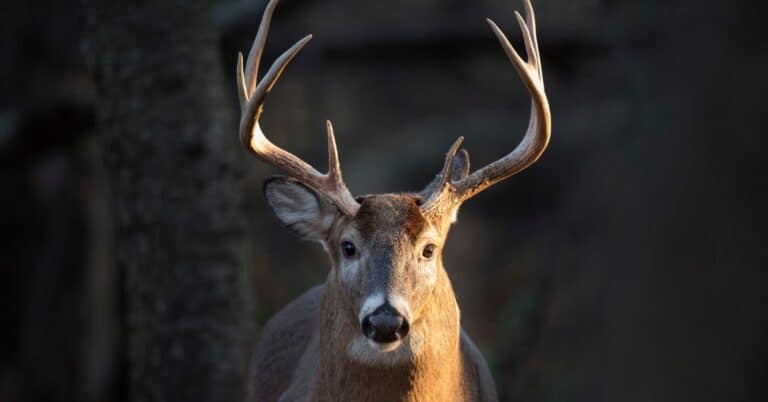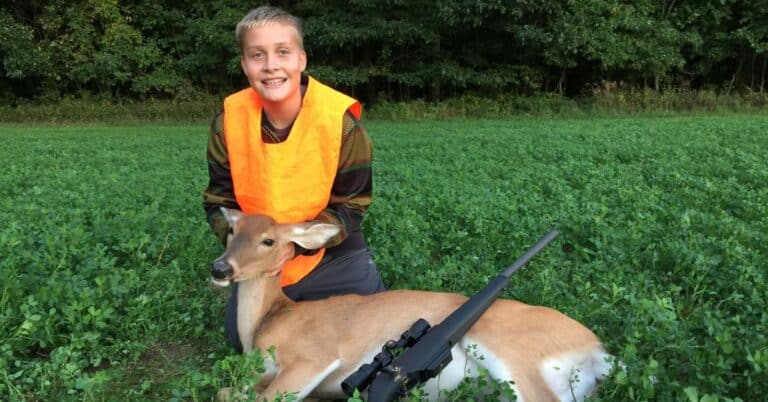Q&A: Tested Methods of Scouting Public Land
An Interview With a Michigan Deer Hunter.
Are you a new hunter eager to explore the world of deer hunting on public land? Wondering where to start with scouting? Join us in this Q&A session as Scott shares his favorite tips and insights to help you navigate public lands in Michigan. Get ready to discover my love of deer scouting and uncover the secrets of finding the perfect hunting spot.
Scouting Public Land for Deer Habitation
Q: As a novice hunter on public land, where should I begin my advanced scouting to determine if it’s a good location for deer?
A: First, assess the habitat. Look for remnants of deer activity like runs, scrapes, and possible bedding areas after the season ends. These signs can give you clues about the deer’s presence.
Deer Runs and Bedding Areas
Q: What does a deer run look like, and how do I identify a bedding area?
A: A deer run resembles a narrow footpath through areas like swamps, marked by tracks and a trail-like appearance. Bedding areas are tall grassy fields that deer like to provide cover. Look for oval-shaped depressions in the tall grass.
Understanding Deer Runs in Detail
Q: You mentioned deer runs. Can you elaborate on how to differentiate them from human trails and what specific characteristics define a deer run?
A: Deer runs differ from human hiking trails in their shallower impressions and narrower width. Look for these footpaths, especially in swampy areas with numerous deer tracks and a trail-like appearance.
If you walk on these trails, you’ll notice they might split into different directions or lead you into thick, overgrown areas. It’s a bit like a hidden pathway made by deer, unlike the more defined and wider trails humans use for hiking.
Tree Scrapes When Scouting Public Land
Q: Tell me about tree scrapes. How do I find them, and what do they look like?
A: Tree scrapes are ground marks near trees, with shredded bark, pawed ground, and maybe footprints. Bucks use them to mark territory and communicate dominance to other deer.
Exploring the Timing of Tree Scrapes
Q: You explained tree scrapes, but can you provide more insight into when bucks create these markings? Is there a specific time or season for tree scrape activity?
A: Tree scrapes are typically created in the late summer into September and October when bucks shed their velvet. It’s part of their marking behavior during this period, showcasing territorial dominance.
Deer often revisit scrapes during the rut to check for the scent of does, facilitating social interactions among the population. Successful hunters pay close attention to the timing of scrape activity and align their hunting decisions with the buck’s natural behaviors.
Shedded Antlers and Their Significance
Q: Is finding shedded antlers a good indicator of where deer might be in the next season?
A: While not in the same area, finding shed antlers can indicate the size of deer that made it through the season. It’s an interesting clue but not a direct predictor of future deer presence.
Other Tracking Indicators like Food Sources
Q: Apart from scrapes and runs, are there other tracking indicators or patterns to consider while scouting?
A: Pay attention to food sources like acorns and water. Observing acorn volume during the fall season and understanding the changing tree cover after the hunting season can provide valuable insights.
The Role of Acorns in Deer Scouting
Q: You mentioned acorns as a significant food source. Can you delve deeper into how acorns influence deer movement and scouting success?
A: Acorns are a major attraction for deer due to their high nutritional value. They can impact deer movement and patterns, providing crucial information for deer hunters. Where I hunt in West Michigan is dominated by oak trees making acorns a reliable predictor of activity.

Importance of Seasonal Changes in Scouting
Q: How do seasonal changes impact scouting success, especially with different tree covers?
A: Seasonal changes affect the appearance of the hunting area. Pine trees maintain cover, while deciduous trees like maple or oak lose leaves, altering the landscape. Plan your scouting based on the upcoming hunting season to adapt to these changes. Try to envision the space you are researching when the leaves fall.
One final question
Q: What public lands are you most familiar with?
A: I have done the most hunting in Western Michigan in and around Manistee National Forest. Michigan has lots of public lands for deer hunting. There are big forests, wetlands, and open fields. If you like hunting in public places, Michigan is a great choice. Check the Michigan Department of Natural Resources website for detailed maps, regulations, and updates on specific public hunting areas.
Get Started: Scouting Public Land
I hope these insights were helpful and give you more confidence in your scouting journey. Remember, the key lies in observing signs, understanding deer behavior, and adapting to seasonal changes. You can also read more about deer scouting adventures with my boys.







